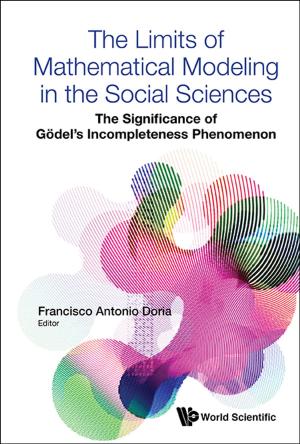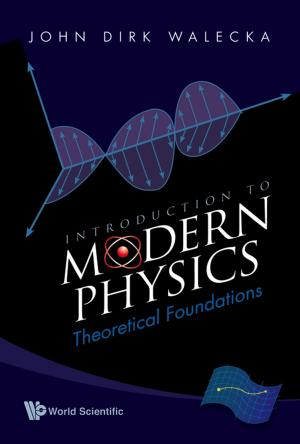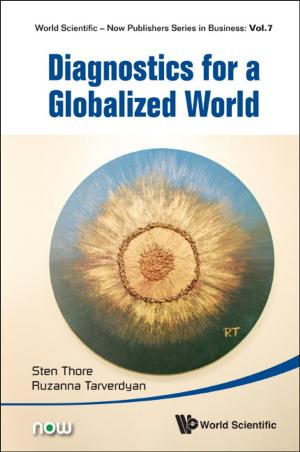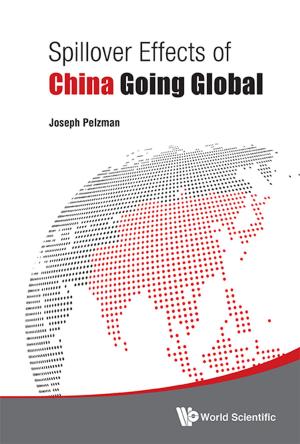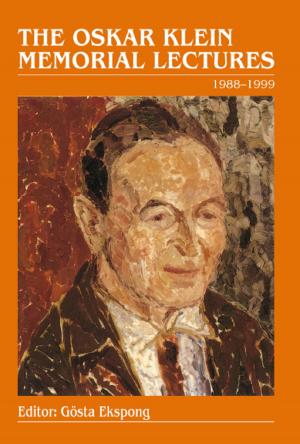Cosmic Paradoxes
Nonfiction, Science & Nature, Science, Physics, Cosmology, Astrophysics & Space Science| Author: | Julio A Gonzalo | ISBN: | 9789814504843 |
| Publisher: | World Scientific Publishing Company | Publication: | August 5, 2011 |
| Imprint: | WSPC | Language: | English |
| Author: | Julio A Gonzalo |
| ISBN: | 9789814504843 |
| Publisher: | World Scientific Publishing Company |
| Publication: | August 5, 2011 |
| Imprint: | WSPC |
| Language: | English |
Beginning with the famous Olber's paradox, a number of cosmological paradoxes, such as the missing mass, dark energy, and the baryon-to-photon ratio, have been and are today the subject of many scientific controversies. The Big Bang model, anticipated by Lemaitre in 1927 and reformulated twenty years later by Gamow, Alpher and Herman, is one of the most spectacular successes in the entire history of physics. It remains today surrounded by considerable theoretical speculation without sufficient observational support.
This book discusses such paradoxes in depth with physical and logical content and historical perspective, and has not too technical content in order to serve a wide audience.
Contents:
- Facts and Principles
- Relativistic Cosmology
- More Paradoxes
- A Contingent Universe
Readership: Students in physics and general public interested in science.
Key Features:
- This book is up-to-date with recent developments, such as the cross-correlation of WMAPS data with 1.5 million luminous red galaxies recently reported by astronomers at Durham University
- It focuses attention on cosmic paradoxes from a conservative viewpoint, emphasizing the importance of the conservation of energy
- The case for a finite, open and contingent universe is argued carefully with historical perspective
Beginning with the famous Olber's paradox, a number of cosmological paradoxes, such as the missing mass, dark energy, and the baryon-to-photon ratio, have been and are today the subject of many scientific controversies. The Big Bang model, anticipated by Lemaitre in 1927 and reformulated twenty years later by Gamow, Alpher and Herman, is one of the most spectacular successes in the entire history of physics. It remains today surrounded by considerable theoretical speculation without sufficient observational support.
This book discusses such paradoxes in depth with physical and logical content and historical perspective, and has not too technical content in order to serve a wide audience.
Contents:
- Facts and Principles
- Relativistic Cosmology
- More Paradoxes
- A Contingent Universe
Readership: Students in physics and general public interested in science.
Key Features:
- This book is up-to-date with recent developments, such as the cross-correlation of WMAPS data with 1.5 million luminous red galaxies recently reported by astronomers at Durham University
- It focuses attention on cosmic paradoxes from a conservative viewpoint, emphasizing the importance of the conservation of energy
- The case for a finite, open and contingent universe is argued carefully with historical perspective

